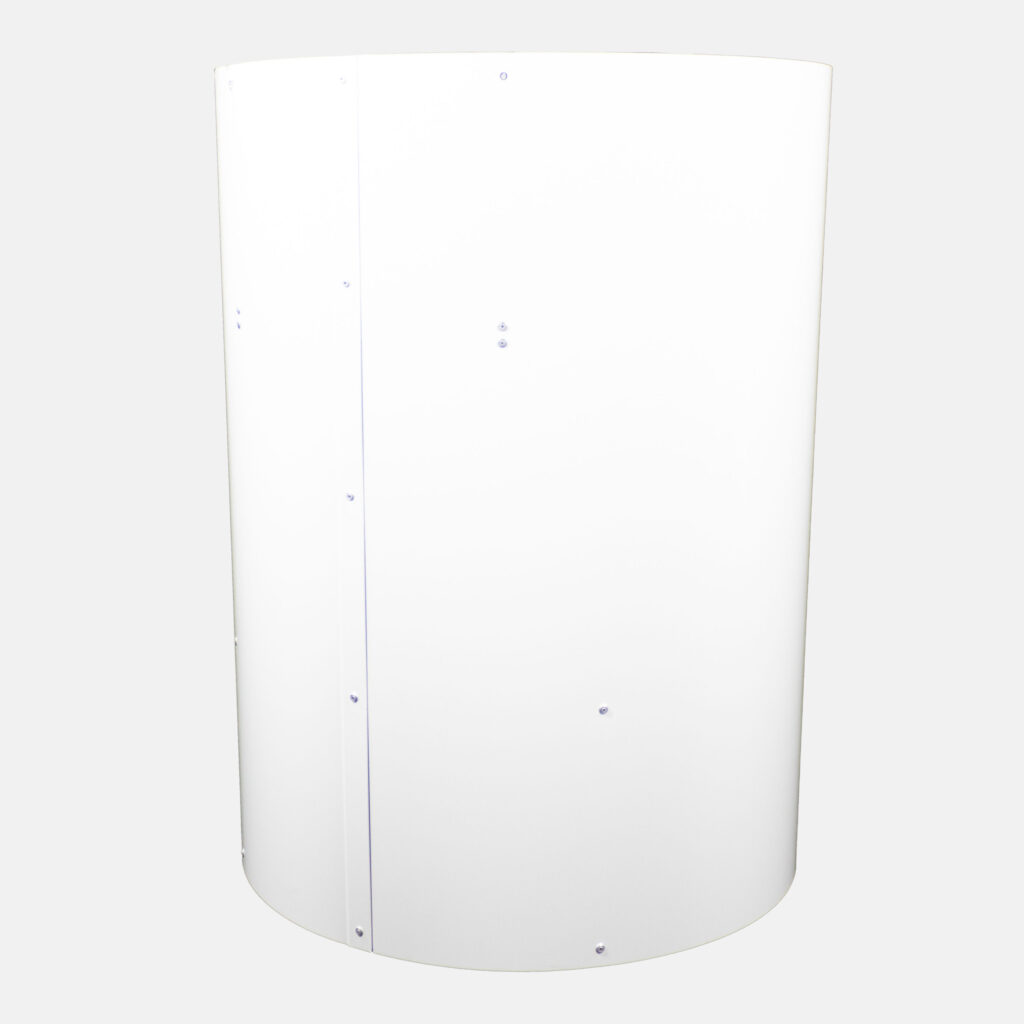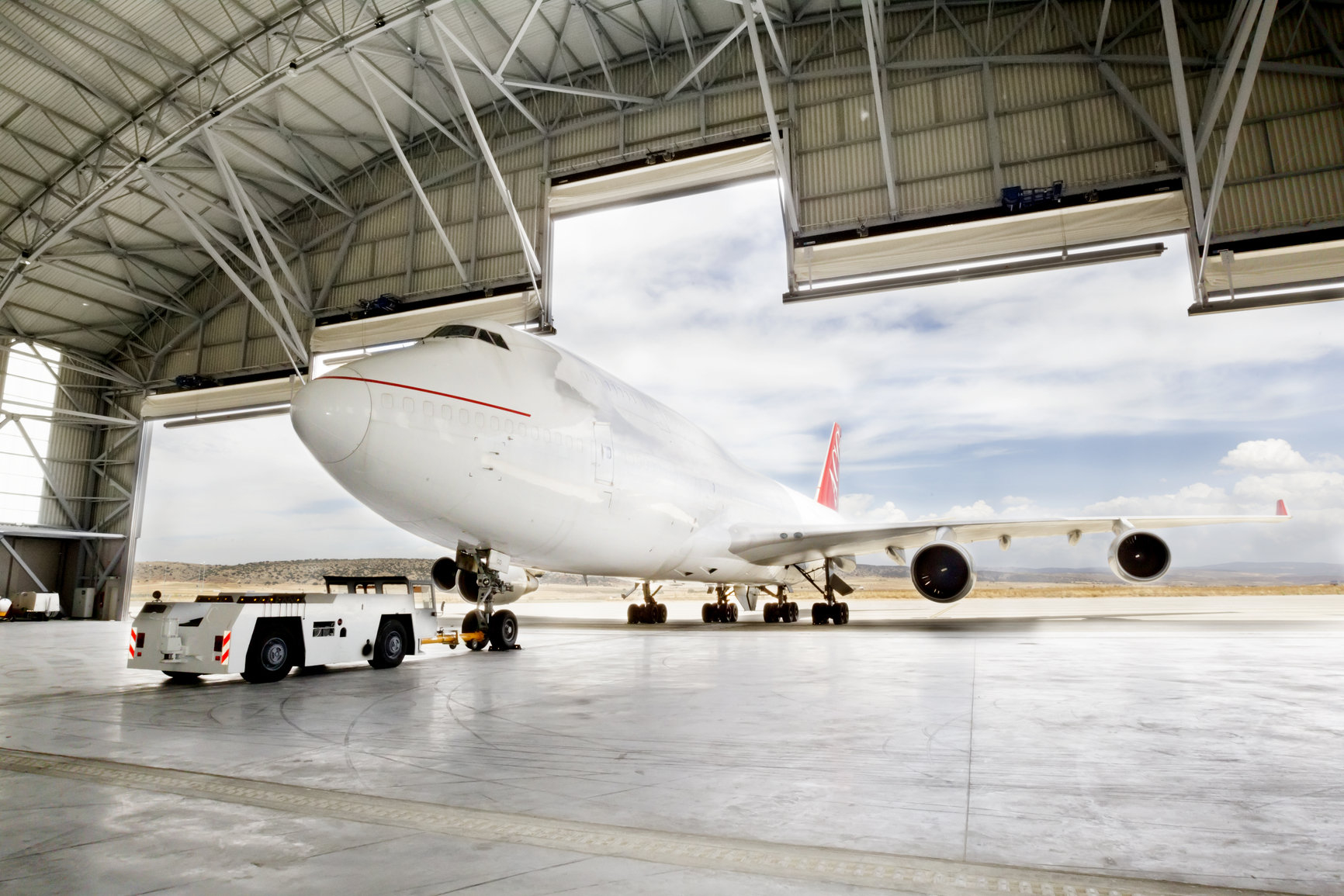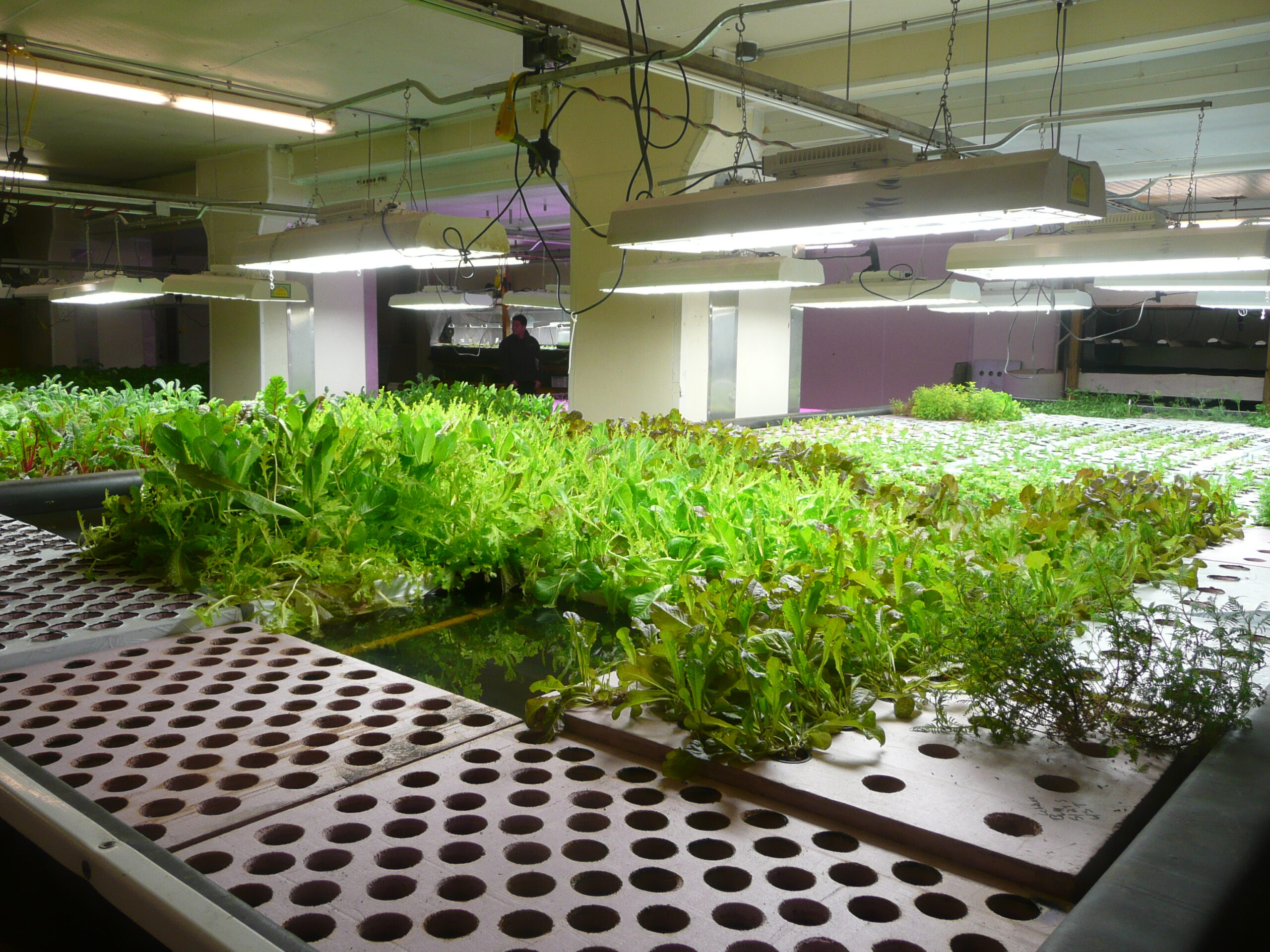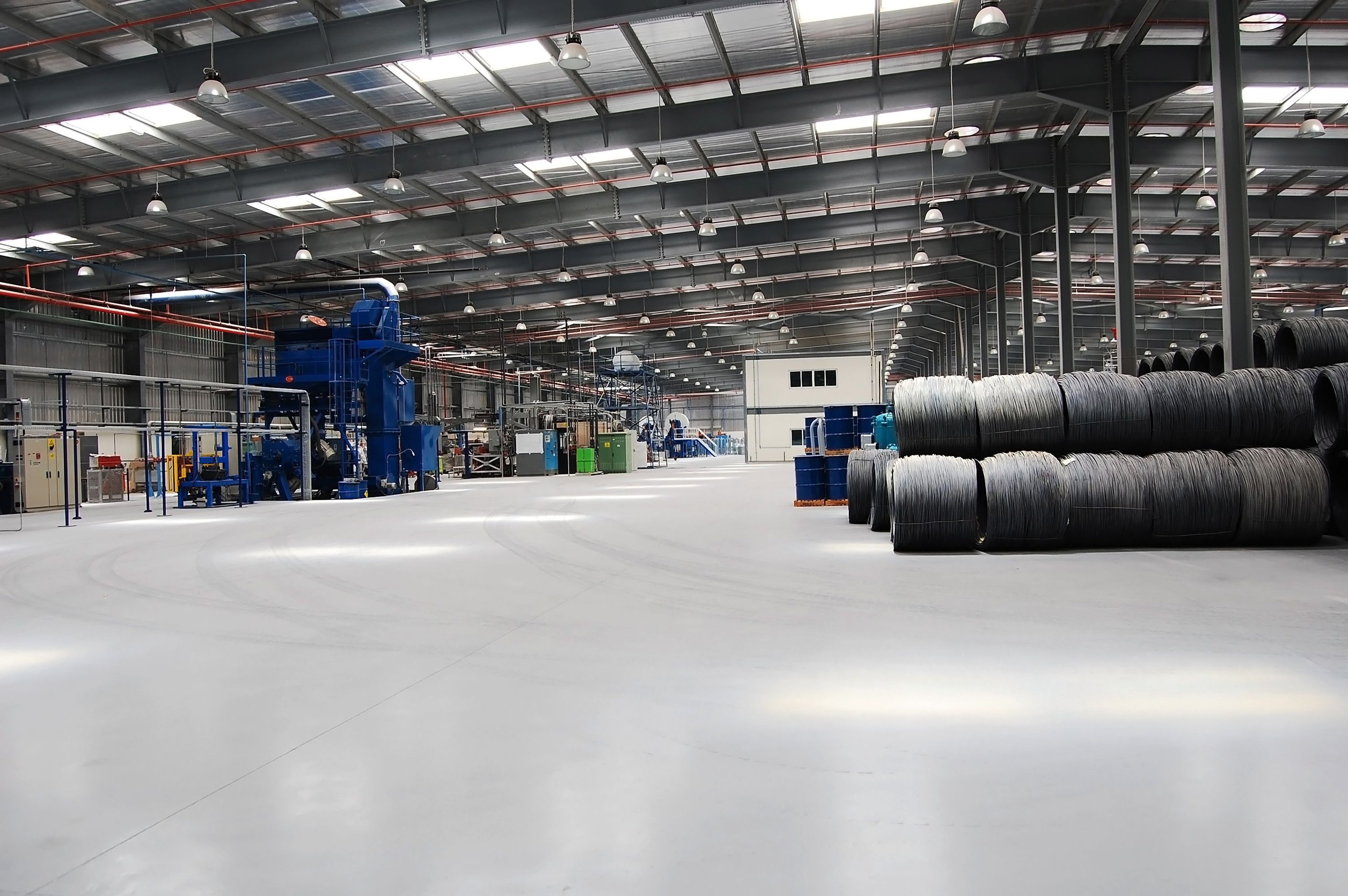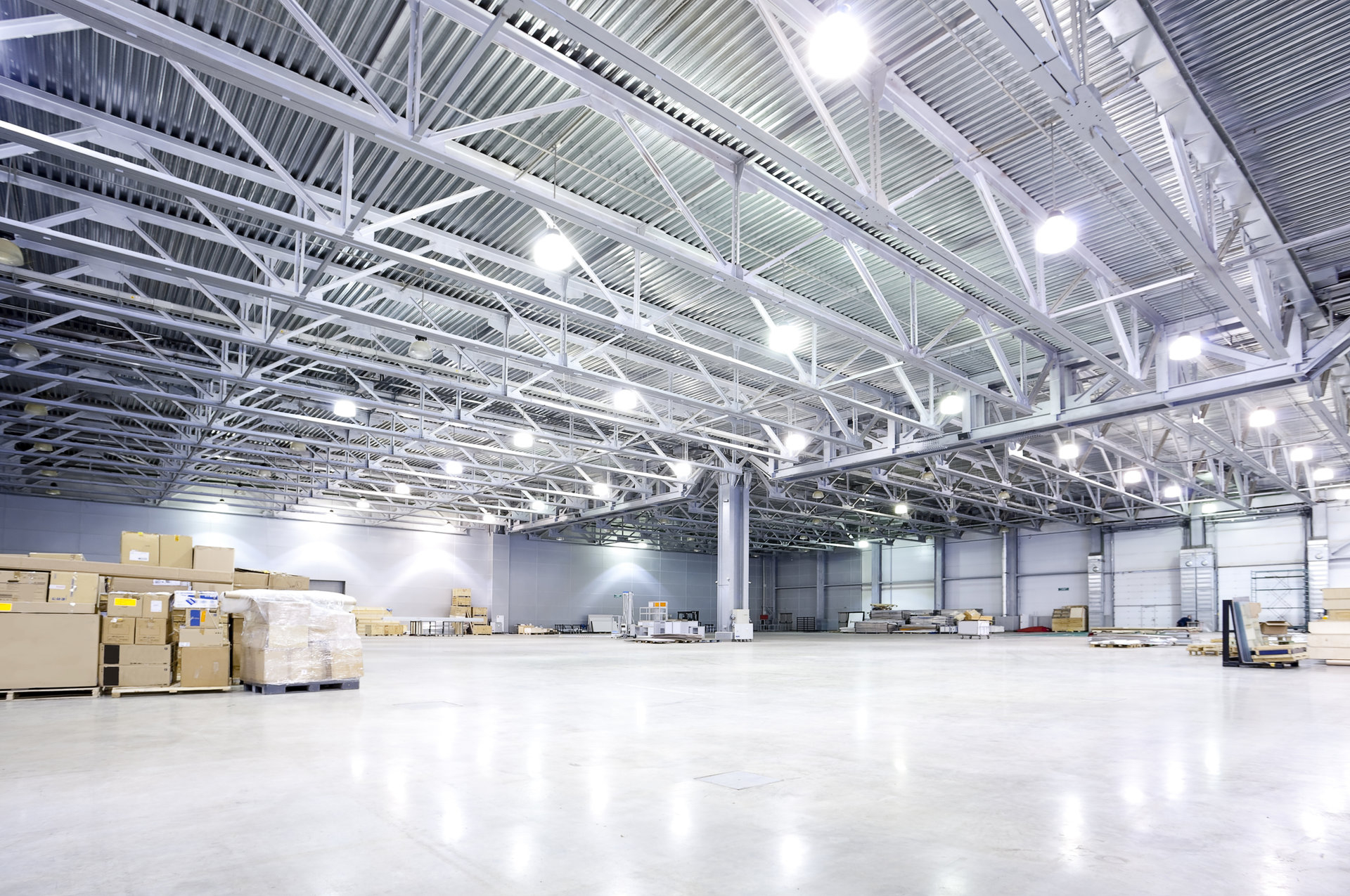Explore how enhancing air circulation within aircraft hangars can lead to significant improvements in operational efficiency and safety.
Understanding the Importance of Air Circulation in Hangars
Proper air circulation within aircraft hangars is crucial for maintaining a safe and efficient work environment. Stagnant air can lead to the build-up of harmful fumes and uneven temperatures, which can affect both the integrity of the aircraft and the health of maintenance personnel. A combination of adequate air circulation and ventilation systems help to disperse these fumes and maintain a consistent temperature throughout the hangar. In an aircraft hangar, it is especially important to maintain proper climate management given how many times the indoor climate is reset by opening of the hangar.
Furthermore, optimal air circulation is vital for preventing moisture accumulation, which causes corrosion and damage to aircraft components. By ensuring a steady flow of air, hangars can avoid the costly repairs and downtime stemming from these issues. Additionally, good air quality within the hangar contributes to a more pleasant work atmosphere.
Key Benefits of Improving Airflow for Aircraft Maintenance
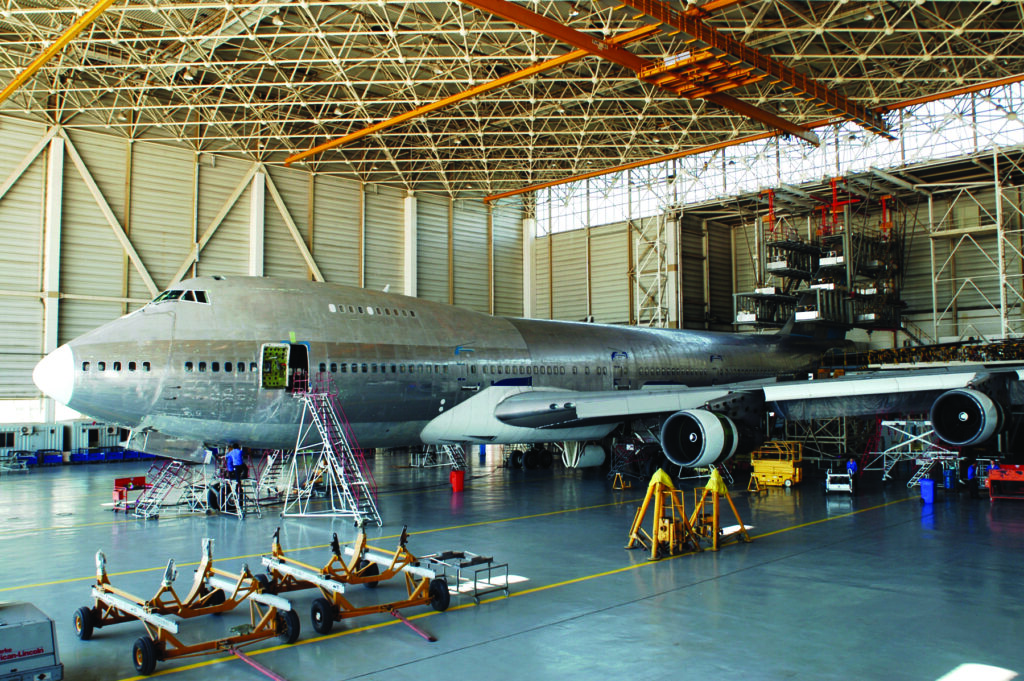
Improving airflow within an aircraft hangar brings numerous benefits to the maintenance process. First and foremost, it ensures a clean environment by swiftly removing airborne particles and contaminants that could otherwise settle on aircraft parts and equipment. This is especially important for sensitive avionic systems that require a pristine environment to function correctly. Secondly, improved airflow facilitates better temperature regulation, crucial for certain maintenance tasks that are temperature sensitive.
Another significant benefit is the reduction of humidity levels, which is essential for preventing rust and corrosion on aircraft components. Consistent airflow helps to dry out any moisture that may have entered the hangar, safeguarding the longevity and reliability of the aircraft. Moreover, better air circulation can lead to energy savings by more efficiently distributing heated or cooled air, thus reducing the need for additional HVAC usage.
Technological Advances in Hangar Ventilation Systems
The field of hangar ventilation has seen considerable technological advances in recent years. Modern systems now feature smart controls that can adjust fan speeds based on real-time temperature and humidity data. These systems can create a more uniform climate within the hangar. Additionally, the incorporation of energy-efficient motors and design improvements have reduced the operational costs of ventilation systems, making them both environmentally and economically beneficial.
Advancements in filtration technology have also played a critical role in improving air quality. High-efficiency particulate air (HEPA) filters and activated carbon systems are now more commonly used to capture a wide range of pollutants, ensuring that technicians are not exposed to harmful substances. These improvements reflect a growing emphasis on creating workspaces that are not only safe but also conducive to high-performance maintenance activities. Destratification fans improve air turnover in your space, meaning these investments in filtration technology are utilized to a greater degree.
DON’T WAIT! IT’S TIME TO PROTECT YOUR ASSETS AIR-ROW.
Get in Touch Today!
Discover how Air-Row’s fan solutions can improve air circulation in your hangar while reducing energy costs. You’ll enjoy a low-maintenance option backed by our industry-leading 10-year warranty.
Contact us now to learn more and start experiencing the benefits of superior air quality with Air-Row fans.
Act now— improve productivity and save on costs while protecting your investment with Air-Row fans!
Destratification Suggestions for Aircraft Hangars
